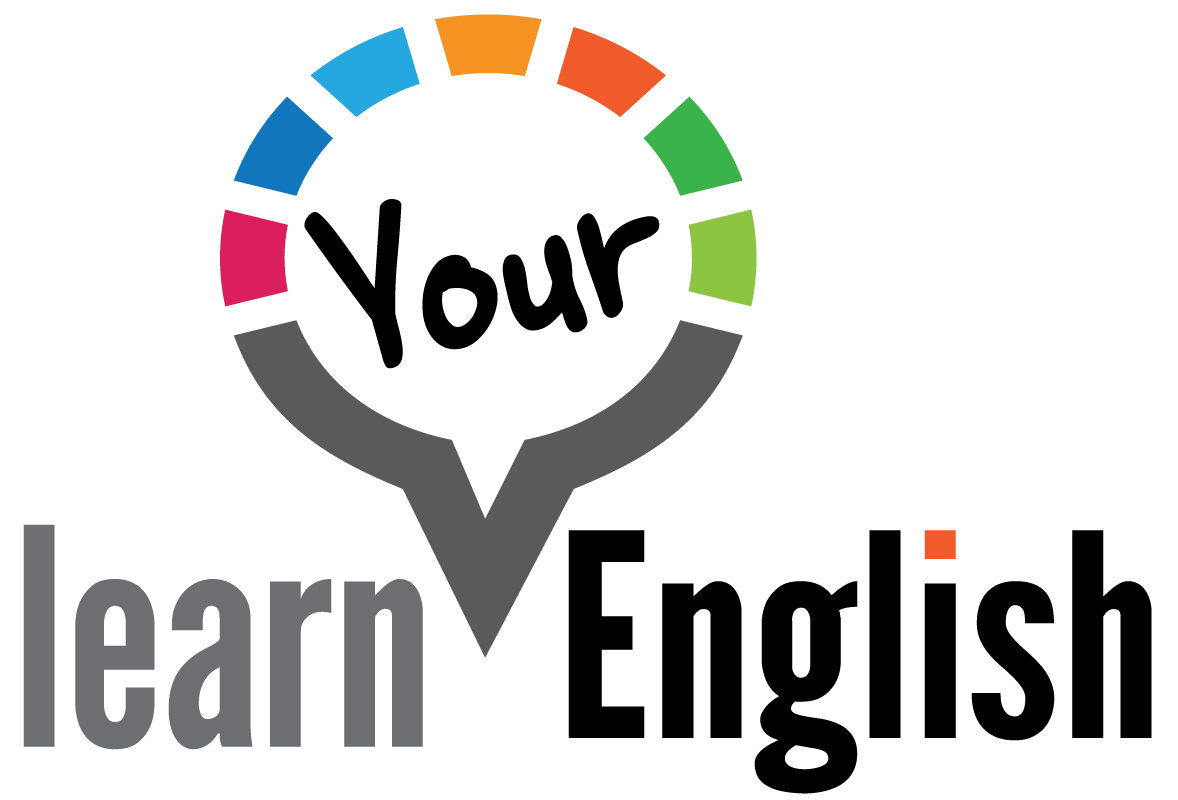How to use Dogme ELT in your online course
Dogme and instructional design are not incompatible
Read time: 5 minutes
Here’s our TTT for this week on how to grow your online teaching business.
What is TTT? A Tip, Takeaway, and Task. On Thursday.
Enjoy!
Have you joined our free teacherpreneur community?
Network with others on a similar trajectory.
Tip: Use Dogme as part of the process
Dogme ELT was popularized by Scott Thornbury and Luke Meddings around 2009 when they released their book Teaching Unplugged.
But Dogme didn’t come from education; it came from film.
Dogme 95 is a Danish film movement that sought to make movies “au natural,” so to speak. No fancy lighting, editing, or special effects. Just as it happened.
If you’ve watched a Dogme 95 film, well, you can judge the outcome.
In language teaching, however, the idea definitely works.
But what is Dogme in an ELT context?
Is it teaching without preparing?
Is it winging it?
Is it being so prepared that you don’t need to prepare?
Perhaps.
But for us, it’s a mindset long before it’s a method.
It’s a decision to teach at the point of need rather than prescribing what’s going to be learned. And from there, you can go in any direction you want.
Start with how you want to teach, and then figure out the rest.
With that said, many teachers ask us a question along the lines of “but how can I use Dogme with all my students? With all their different needs?”
So we thought we’d use this week’s newsletter to illustrate one way we use Dogme in our lessons.
Takeaway: Let’s examine some examples
A disclaimer before we dive in: the philosophy of Dogme is that there isn’t one or even a finite number of ways to do something. So what works for us may not work for you. If anything, take ideas and reflections from this and apply them to your own context.
Disclaimer 2: Dogme works best inside a niche. If you’re teaching 10 students with 10 different goals, it becomes very difficult (but nothing is impossible, of course).
We view Dogme as part of the process, not as the end results itself. Which means it’s a tool in the teaching toolbox to be used when appropriate.
One way this works really well is within a curated, personalized student experience. This is a fancy way of saying a course.
Once you have your self-directed steps for your niche to follow, let the Dogme tool shine in the live sessions with your students.
Here are two examples:
LYE example: helping teachers build and sell their first online course.
That’s the outcome, but each teacher has specific challenges related to that. Here are three different avatars that enroll in our Teacher Accelerator Program.
Teacher A
good business sense, has never designed a course using second language acquisition (SLA) principles before
Teacher B
has course design experience, but has never prospected, curated an audience, or utilized an email list to earn income before
Teacher C
just started a business and has little experience there and in course design
As you can image, each one of these avatars would have different types of questions and challenges (hello, Dogme). At the same time, they are all on the same trajectory.
Here’s a student example: helping you move from 6.5 to 7.5 in IELTS academic writing
Student A:
has taken the test twice and got 7.5 or 9 on each section, except 6.5 on writing
needs 7.5 writing
is a native speaker of English
Student B:
has taken the test twice and got 7.5 or 9 on each section, except 6.5 on writing
needs 7.5 writing
is a non-native speaker of English
Student C:
has never taken the test before and doesn’t know what to expect
Similarly here, each avatar has the same goal (7.5 IELTS writing) but would have different, personal challenges along the way. Point them to what they need to do on their own time, and handle their specific, personal challenges in live sessions (hello, Dogme).
Task: Apply it to your context
Decision one: do you want to implement the Dogme mindset in your teaching?
If yes, consider how you can best apply it.
Remember, you need two things:
A niche with the same goals
A self-directed process for them to follow on their own time
Reply to this email and let us know what you come up with.
Hope this helps.
When you’re ready, here are 3 ways we can help you:
1. Our free Business Foundations Training for Teachers (260 teachers)
2. TBLT Made Easy - use tasks in your class right away (116 teachers)
3. A free consultation with us to talk about taking your business and teaching to the next level (first come first served)



